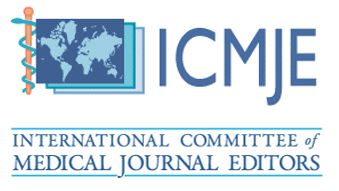Silent Danger: Elderly Population with Tattoos
Irineu Gregnanin Pedron1*, Daniel Nuciatelli Pinto de Mello2 and Debora Gozzo3
1 DDS, MDS. Undergraduate Student in Law, Universidade São Judas Tadeu, São Paulo, Brazil.
2 DDS, London, UK.
3 Lawyer. PhD in Law from the Universität Bremen (Germany). Master of Laws from the Westfälische Wilhems-Universität Münster (Germany). Professor, Postgraduate Programme in Ageing Sciences, Universidade São Judas Tadeu, São Paulo, Brazil.
*Corresponding Author: Irineu Gregnanin Pedron, DDS, MDS. Undergraduate Student in Law, Universidade São Judas Tadeu, São Paulo, Brazil.
DOI: https://doi.org/10.58624/SVOADE.2024.05.0194
Received: October 17, 2024 Published: October 25, 2024
In view of the ageing process of the world population, we are observing an increase in the frequency and incidence of comorbidities and/or systemic conditions of the patients. This increase, both in the elderly population and in the incidence of diseases, is also evident in dental clinics. Dental professionals must be attentive to anamnetic issues, including disease history; administration of drugs and their respective side effects and drug interactions; and finally the clinical needs (symptomatic or asymptomatic) of patients. An invisible concern, but one that is very common, even among the elderly, is tattoos. It should be borne in mind that, with ageing, various habits and customs from youth will undoubtedly accompany these patients throughout their lives. Tattoos are being seen frequently in elderly patients in the dental clinic. The risks of tattoos, arising from a lack of care (particularly in terms of biosafety) and their interaction with mucocutaneous tissues, are widely known1,2. However, the concept that a tattoo, no matter how inert it may seem, can and does cause a chronic inflammatory process in patients who wear the adornment until the end of their lives is massively ignored1.
Citation: Pedron IG, de Mello DNP, Gozzo D. Silent Danger: Elderly Population with Tattoos. SVOA Dentistry 2024, 5:6, 213-214. doi:10.58624/SVOADE.2024.05.0194











